Reviews: Incredibles 2 • Mission: Impossible — Fallout (2018)
I’m back from a summer holiday, but managed to watch a few movies over that time. I don’t have the time to write full-length reviews, so here are some of my core thoughts…
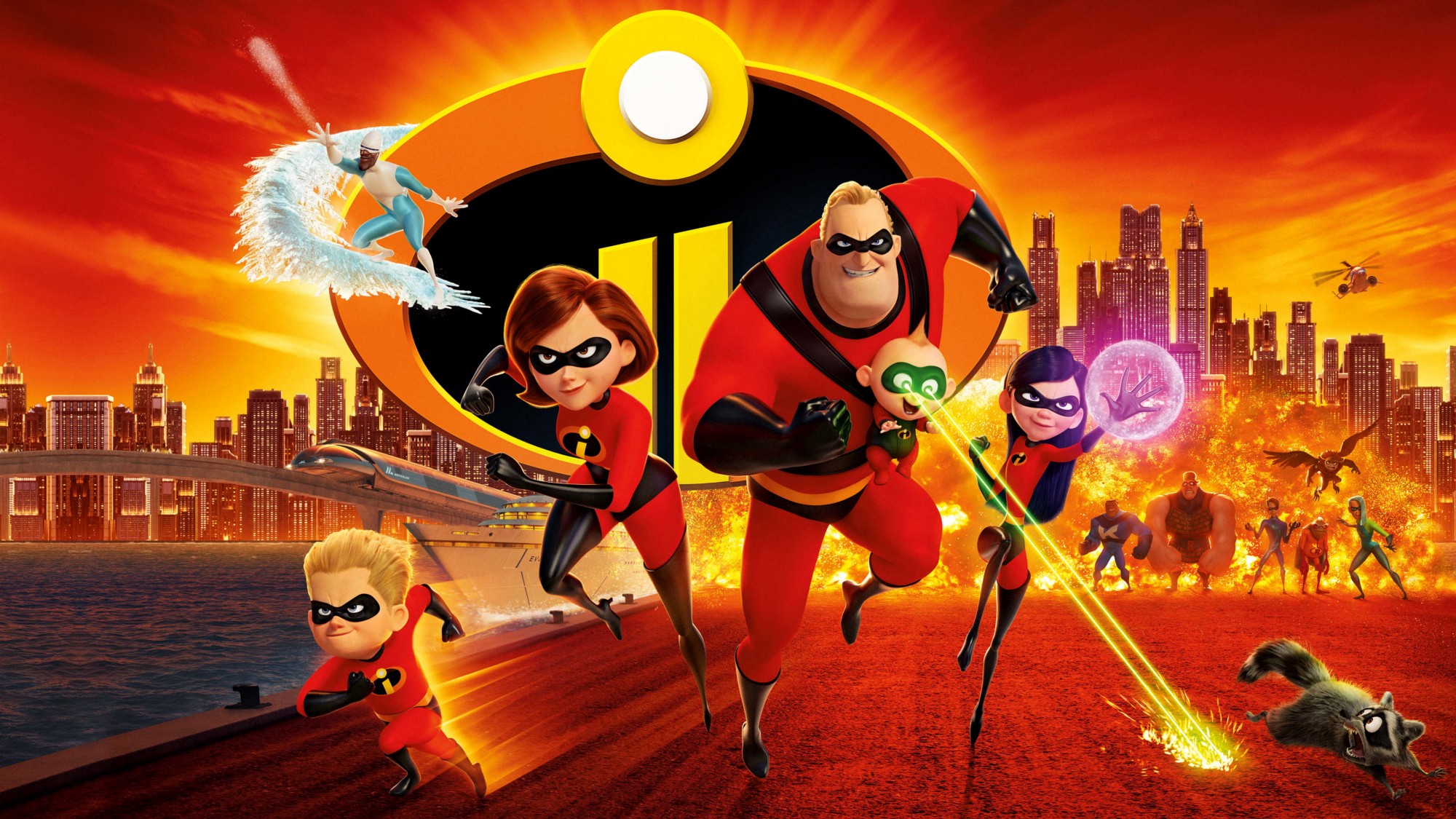
INCREDIBLES 2 ✭✭✭✭✩
I’m going to paraphrase my Letterboxd review a teensy bit here, but I thought this was a sequel to be happy and satisfied with. The Incredibles (2004) was an excellent Pixar movie, arriving towards the end of the studio’s golden period (which, for me, ended with 2010’s Toy Story 3). Brad Bird’s belated follow-up broadens the scope of the world without forgetting everything we loved about the first one’s domestic problems. The purity of the concept will always belong to its predecessor, but Incredibles 2 was an entertaining way to continue the idea of a superhero family trying to live ordinary lives while being extraordinary people.
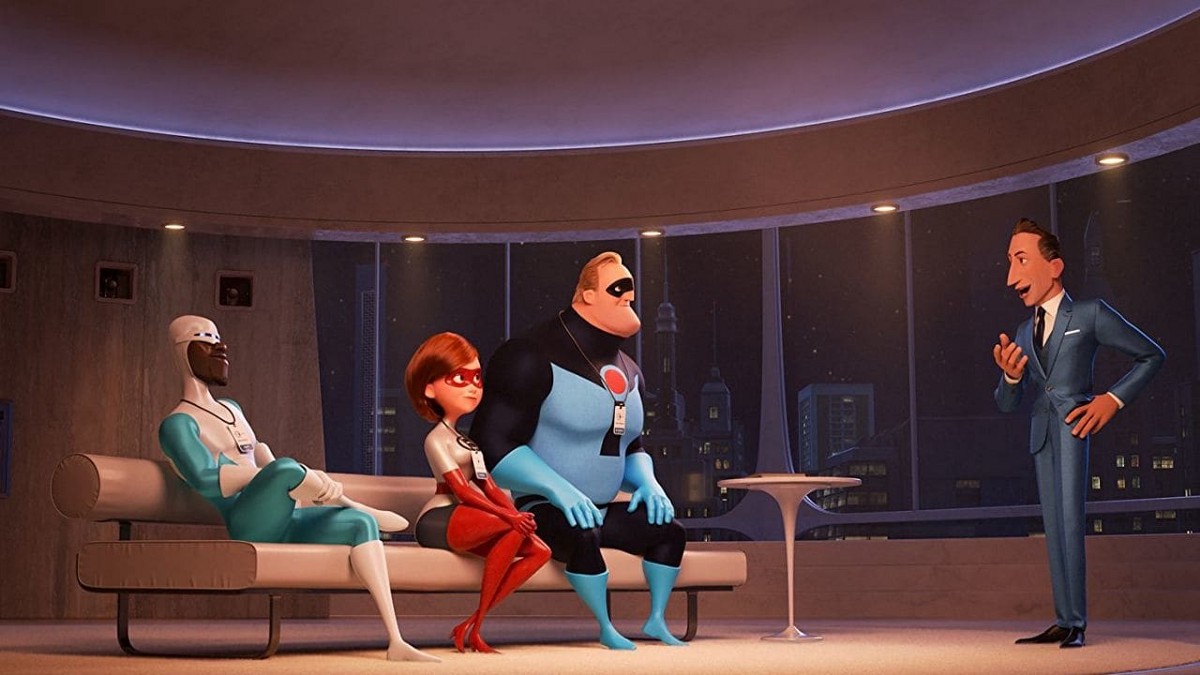
This being a sequel, it was naturally a bigger and flashier affair. The animation is improved (richer backgrounds, more populated scenes), and there was clearly more money and CPU power available to create longer and more logistically complex action set-pieces. It was also a lot funnier (thanks mainly to the antics of super-baby Jack-Jack), and I thought it was much better paced. I watched the original again only last year, and there are long periods when my two nieces were shifting in their seat because the story was playing more to the adults. This time, beyond a few times in the Act II when Mr. Incredible (Craig T. Nelson) is struggling with being a stay-at-home dad, I didn’t notice any of the kids around me growing restless.
The only thing the pales in comparison to the original is Incredibles 2’s new super-villain, Screenslaver, who controls people’s minds through their televisions and smartphones. While a fun concept cleverly at young kids spending too long on their tablets (nice ammo for parents to use), the last movie’s child-fan-turned-adult-enemy Syndrome was markedly more relevant, and doubly so today. But that’s a minor blemish on a great family film, because it’s not like there’s anything outright bad here.


MISSION: IMPOSSIBLE — FALLOUT ✭✭✭✭✩
There’s a lot of buzz about the Mission: Impossible franchise lately, as if people have only just realised these are entertaining action movies. But they’ve been good since the beginning (uh, with the exception of the second one), but certainly since J.J Abrams’s soft reboot with Mission: Impossible III. Of course, they didn’t truly find their identity until Tom Cruise started get himself more involved with the vertigo-inducing stunts — which he’d dabbled in with in Mission: Impossible II (2001) during the opening free climbing sequence, but which gained widespread attention after he scaled the Burj Khalifa for Mission: Impossible — Ghost Protocol (2011
Cruise is now Hollywood’s very own Jackie Chan, which ain’t bad for a man hurtling towards 60.
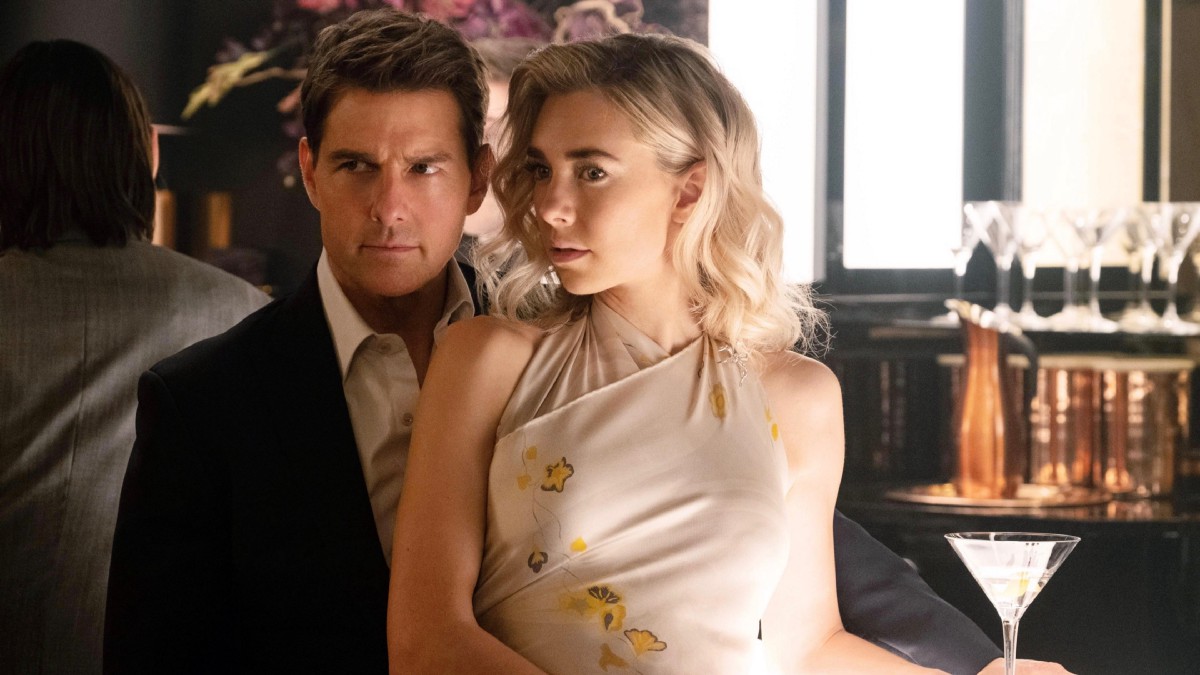
Fallout is the first Mission to be directed by a returning filmmaker, Christopher McQuarrie, which I must say I’m slightly disappointed by. I liked the idea this franchise could be kept fresh because of who was hired to make them, and they’d become a cool breeding ground for filmmaker’s looking to expand their careers, or challenge themselves. J.J Abrams was fresh out of television, hoping to segue from Alias into the big leagues (the rest is history); Brad Bird made his live-action debut after helming animated classics like The Iron Giant (1999) and The Incredibles (2004); and McQuarrie himself was a known quantity thanks to The Way of the Gun (2000) and Jack Reacher (2012), but still best known as a screenwriter until Mission: Impossible — Rogue Nation (2015).
Still, it is what it is. McQuarrie’s back. Fallout thus feels more like “a sequel” than the others have, and doesn’t bring a fresh aesthetic or approach to anything after Rogue Nation. But it delivers another high-octane action movie filled with stunts that are infinitely more enjoyable because you know Cruise really did them. Or some of them. I mean, well, he broke his ankle jumping off a roof and spent six-months learning how to pilot a helicopter. I’m never sure if the scale of what Cruise does is exaggerated because it plays so well on the press tour. It’s also interesting talking to people who don’t really pay much attention to the marketing, because some of them just assume it was all done with CGI anyway.
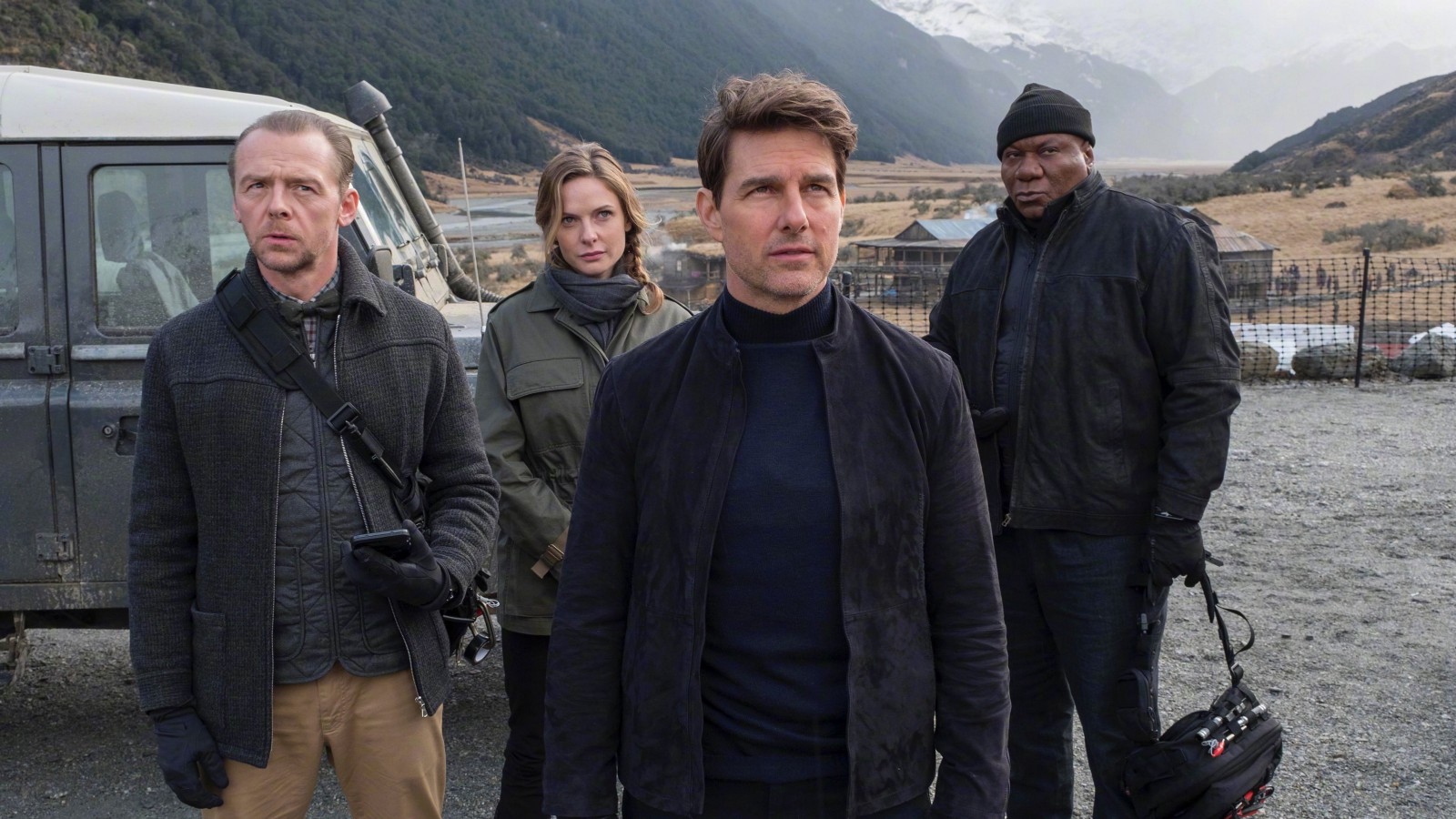
There’s actually an interesting discussion to be had here: when general audiences can’t differentiate between what’s real and fake, why bother doing things for real? I mean, I prefer things being done for real, because I think you can tell when Tom Cruise is genuinely riding a motorcycle through Paris versus sitting on a motorcycle in a warehouse walled with green cloth. But the HALO jump sequence? How much money did Paramount spend flying Cruise up a reported 106 times for that one scene, having to make every trip around sunrise for continuity? I’m pretty sure CGI could have handled that in a fortnight’s filming, just as believably. (Don’t hit me.)
Anyway, just some errant thoughts on the pros and cons of ‘real vs fake’ at the cinema today. I do appreciate that the Mission franchise is so “analogue” compared to its peers (even Daniel Craig’s run as Bond), and has carved out a unique position in the marketplace because of how classically it behaves. Although I’m sure there’s a lot more CGI than we’re even aware of, because this is 2018 and filmmakers use digital tools to tinker with all manner of things audiences don’t even think about.
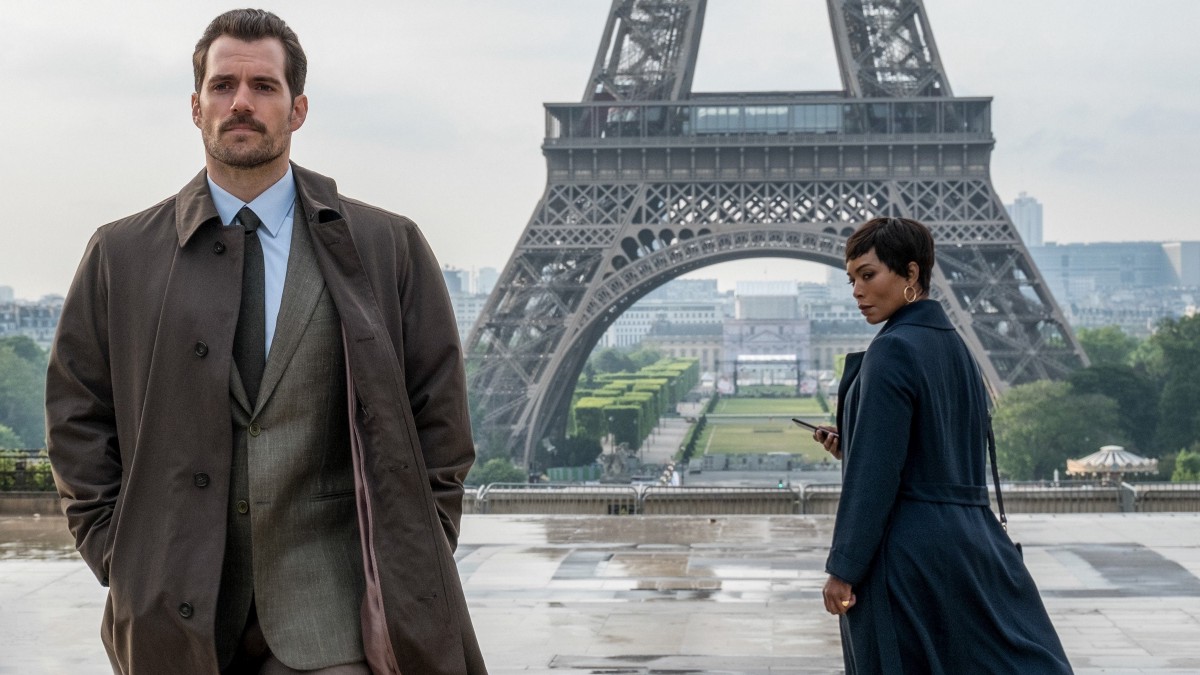
Fallout itself was a very entertaining movie. There are more and better set-pieces than ever before (although nothing to rival the Burj Khalifa sequence), and I enjoyed seeing returning characters like Ilsa Faust (Rebecca Ferguson) and Ethan’s wife Julia (Michelle Monaghan) from MI:III.
There were enough surprises and twists and turns to keep me glued to my seat, even if the trailers spoiled the fact Henry Cavill would be playing the villain. I didn’t even think this was a spoiler, until he was introduced in the movie as a CIA agent who doesn’t get along with Ethan and thinks the IMF are infantile. Cavill’s character, August Walker, is rather two-dimensional, unfortunately, but the beefcake actor injects enough of a personality on him through his mannerisms and physicality. Or maybe it was just the infamous moustache that helped.
I had a good time with Fallout. I definitely prefer Rogue Nation because I think the story was more engaging, as this one’s almost comically simple (retrieve three balls of plutonium), but it does have more stunts, better fights (including a bravura sequence in a nightclub toilet), and there’s definitely more of a focus on Ethan Hunt as a fleshed-out human being. He felt more like a real character for the first since the first Mission here.
Here’s hoping Paramount Pictures can crank out a final sequel before Cruise turns 60 and this kind of workload and stunt-work becomes unmanageable and too dangerous, but I have a funny feeling he’ll be accepting these money-spinning missions for awhile longer…
